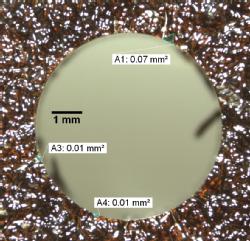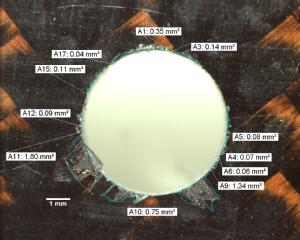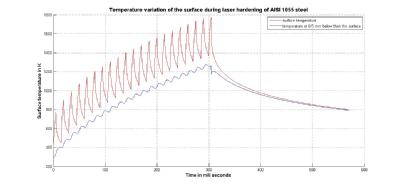My Research
Drilling of carbon fibre reinforced plastics (CFRP)
Fibre reinforced composites, specially the carbon fibre reinforced plastics (CFRPs), are attractive as aircraft and aerospace structural components due to their superior properties (lighter weight, higher specific strength and directional properties) which has led to greater weight savings resulting in greater pay load, longer range and fuel saving. In spite of curing to the final shape, the machining of composites is required at several stages of the production e.g. cutting and drilling of holes. The mechanical drilling process is one of the final processes in the manufacturing of the composite components. In conventional machining (cutting and drilling operations), the machining of CFRPs has been proven difficult due to the delamination and the shorter tool life.
My research focuses on the damage reduction during the drilling of the carbon reinforced plastics (CFRP) through ultrasonic assisted drilling (UAD). Thrust force is an important criteria while drilling the CFRP. Various techniques have been attempted to reduce the damage and quantify it during the drilling of CFRP. The entrance and exit damage for a typical drilling of CFRP is shown in the following figures -


Click here to download the poster having a detail information for my current research
to download the poster having a detail information for my current research
Laser surface hardening
I have performed the surface hardening of the high carbon steels through pulsed laser processing as my master's thesis. The time period for the diffusion of the carbon in high carbon steel was found to be increased by implementing the pulsed laser in the hardening process which increased the hardened depth of the steel and hence higher percentage of the steel was converted in martensite as compared to the continuous (CW) laser.

Modelling of KKG Steam generetor using TRACE
I have performed the research on the designing of the control systems for the pressurized water reactors during my one of the summer internships. The abstract of the published report is as follows -
Steady state behavior of a TRACE model of a steam generator is analysed. An early versioin of the KKG Steam generator model used in a full plant model is considered. Different steam powers between 1100 MW (slightly above nominal conditions) and down to low power regions, different steam generator liquid levels and a range of average primary side temperatures of the stand-alone steam generator model have been assessed. Therefore control systems have been progressively developed and tested. Various parameters like pressures in the steam line, collector and turbine and the flow rates in the various connections of the steam generator at the steady states have been studied. A comparison with the plant part load diagram has been performed.
Supervisor
S dot Barnes at warwick dot ac dot uk
